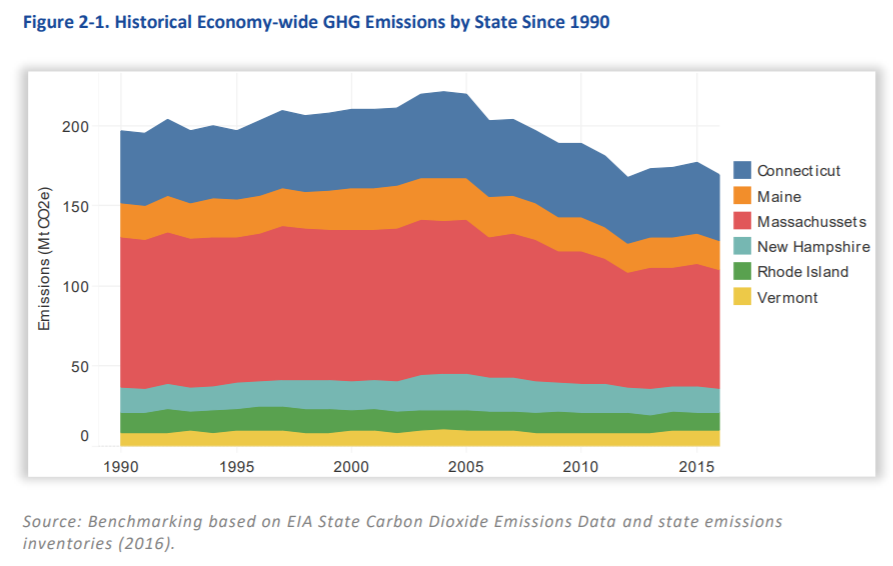Report: New England’s Zero Emissions Target Requires Natural Gas
Natural gas will be needed to provide reliable energy supply in New England despite the region’s strong decarbonization efforts, according to a new report by Energy and Environmental Economics (E3) and the Energy Futures Initiative (EFI), led by Ernest Moniz, former energy secretary under the Obama administration.
The report provides an unbiased perspective on the importance of balancing energy systems, much like a diversified asset portfolio, to secure a reliable and cost-effective energy supply.
E3 and EFI provide a realistic approach to the net-zero conversation and what role, if any, fossil fuels will play in the energy transition.
The New England case sheds light on why natural gas is – and will continue being – renewables’ top partner in the region’s low carbon power system. Considered the “world’s priciest market for power plants using natural gas” due to severe constraints on existing natural gas infrastructure, the report finds New England needs to embrace natural gas, and the additional infrastructure needed to deliver it, in order to provide reliable and affordable energy to consumers.
Natural gas brings firm capacity generation that renewables lack
Despite the significant advances in wind, solar and battery storage technologies, renewables’ variability is the main technical and infrastructure limitation that these energy sources face. Afterall, humans cannot control yet how hard the wind will blow or how clear the sky will be.
The E3/EFI report acknowledges that natural gas, as well as hydrogen and nuclear technologies, can complement renewables by providing firm capacity during extended periods where wind and solar capacities are low.
In fact, the report recognizes that considering current costs and available technologies, continuing to rely on natural gas is the smartest option for New England to achieve a net-zero path:
“Natural gas generation is the most cost-effective source of firm capacity, and some reliance on gas generation for resource adequacy is consistent with achieving a 95% carbon-free electricity grid in 2050 as long as the generation operates at a suitably low capacity factor.”
Thus, to support New England’s renewable and net-zero path, the region would require between 3,000 MW to 10,000 MW of new natural gas capacity.
If the region fails to integrate natural gas and other technologies to provide stable capacity, the report calculates that annual grid costs for relying solely on renewables would reach $19 billion a year by 2050.
New England’s electricity supply is already less carbon-intensive thanks to natural gas
Despite the region’s refusal to continue investing in natural gas infrastructure, New England has already benefited greatly from relying on natural gas as its main electricity generation source. As of today, natural gas fuels 40 percent of the region’s electricity.
Natural gas’ rise began back in 2005, coinciding with the Shale Revolution, when the region started switching its electricity generation from coal and oil to natural gas.
Naturally, the region’s greenhouse gas (GHG) emissions profile also changed drastically as observed in the map below:

Reducing emissions is critical and it’s a conversation that will continue to influence policies that shape our nation’s energy mix. But as states and regions determine their best path forward to achieve these reductions, it can’t be done in a vacuum, as this report demonstrates. Reliability and affordability are also key considerations, and natural gas continues to be a realistic and effective solution to ensure that all of these metrics are achieved.

No Comments